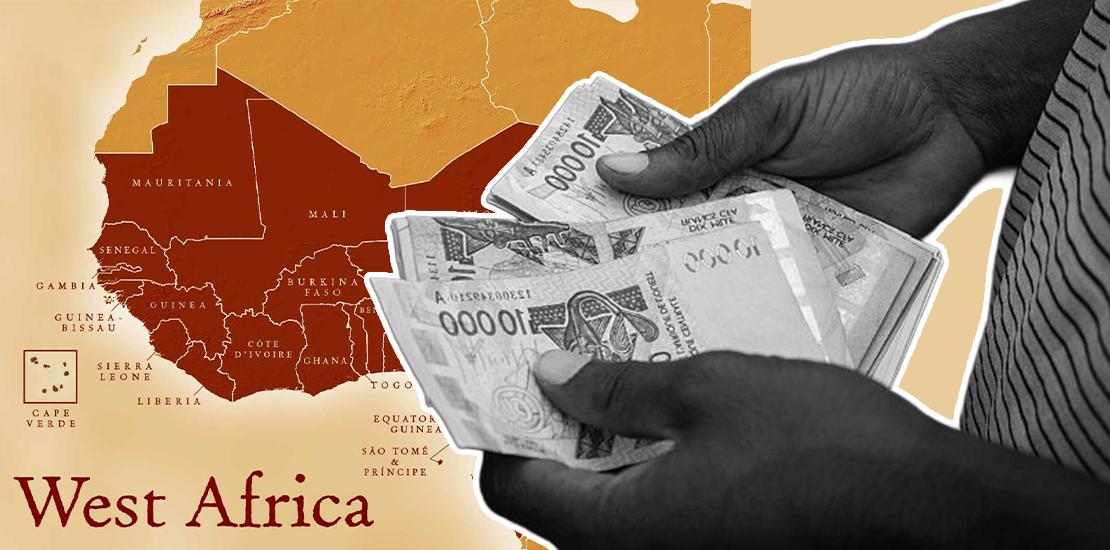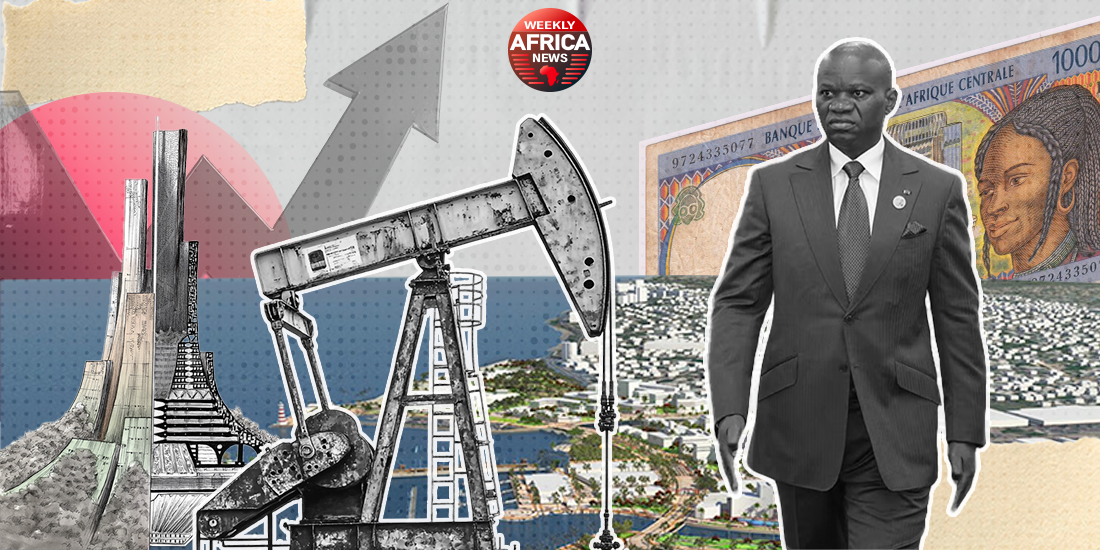Behind the technological veneer lie intense negotiations between African states, banks and France.
In West African capitals, the idea of a “digital CFA franc” has been circulating quietly for several years. Officially, the Banque centrale des États de l’Afrique de l’Ouest (BCEAO) is first modernizing the payment rails: on September 30, 2025, it launched a regional instant payment platform (PI-SPI) interoperable between banks, electronic money institutions and microfinances. Behind the improved infrastructure, however, lies a political question: who will write the rules for an eventual central bank digital currency (CBDC) denominated in CFA francs, and what balance will be struck between the States of the Union, Paris and financial players?
The heart of the matter is twofold. On the one hand, the BCEAO has blown hot and cold: repeated denials in the face of rumors of an “e-CFA”, then signals that the institution was indeed studying an MNBC as a complement to electronic money and mobile money. On the other hand, the 2019 reform between UEMOA and France put an end to the compulsory deposit of part of the reserves with the French Treasury and promised the transition to “Eco”, without calling into question the fixed parity with the euro or the convertibility guarantee. Any digital version of the CFA franc would therefore have to continue within this framework, which explains the sensitivities: the architecture of a central bank token, its euro settlement terms and prudential safeguards imply de facto technical and legal interactions with Paris and Frankfurt.
The modernization of payments is tangible. PI-SPI should enable 24/7 transfers, aliases and QR codes, with an initial cohort of approved institutions. At the launch ceremony, Governor Jean-Claude Kassi Brou outlined the ambition to make digital payments “a public good”. At the same time, the private ecosystem has become denser: the UEMOA zone has tens of millions of electronic money accounts and is counting on GIM-UEMOA and its GIMpay platform to bring commercial and public interoperability (tax collection, e-commerce). This sequence reinforces the argument of the “rails first, currency later” proponents: as long as domestic and cross-border instant payments are progressing, the marginal benefit of a retail MNBC would be limited.
As for the banks, they are moving forward in scattered order. Subsidiaries of French groups (BNP Paribas, Société Générale, Crédit Agricole) are defending models in which intermediation remains central: compliance, the fight against fraud, euro liquidity management and access to the correspondent-banking market. Pan-African champions (Ecobank, UBA) and telecoms-affiliated e-money issuers are keen to ensure that the target scheme does not cannibalize their volumes or increase compliance costs. An “account-to- account” e-CFA managed directly by the central bank would hit their revenues on retail payments; conversely, an “intermediated” model where banks and fintechs hold customer portfolios, would preserve their roles while standardizing access to digital cash. The Nigerian precedent is weighing in the balance: the eNaira, Africa’s first MNBC, has seen low adoption, reminding us that a public token cannot be decreed against private solutions that are already massively used.
In Paris, the Banque de France has been experimenting with wholesale MNBCs since 2020: securities settlement/delivery, cross-border payments, interaction with SWIFT. For its part, the European Central Bank is making progress on a retail digital euro “complement to cash”. For the UEMOA countries, the interest is clear: anchor convertibility and cross-border settlements in a modern central bank layer, capable of interoperating with the digital euro and securities settlement systems. But the political stakes are no less high: in a monetary union where the fixed parity and French guarantee remain in place, who decides on the parameters of confidentiality, ceilings and off-line access? And how can we prevent a digital CFA franc, technically dependent on European infrastructures, from fueling criticism of incomplete sovereignty?
Internal blockages within ECOWAS further complicate the equation. The project for a single “Eco” currency has been postponed until 2027, with no guaranteed timetable. The withdrawal of the Alliance of Sahel States (Mali, Burkina Faso, Niger) from ECOWAS is fracturing regional governance and diverting attention from common monetary projects. However, a retail CFA franc MNBC, if created before Eco, would de facto freeze technical and legal choices that would be difficult to reconfigure in a future enlarged currency. A number of leaders therefore advocate a step-by-step approach: first, instantaneous and interoperable retail (PI-SPI, GIMpay), then wholesale experiments (settlement-delivery in tokenized central bank money), and finally eventual retail deployment, but only if usage justifies it.
For citizens and businesses, the consequences are threefold. Firstly, cost: if PI-SPI and regional schemes impose low tariffs, competitive pressure may reduce fees, MNBC or not. Secondly, security and confidentiality: a central bank token can offer a digital “public currency”, but its settings (traceability, holding limits, KYC) are political. Finally, regional integration: the value of an MNBC increases with cross-border acceptance; without effective agreements with Nigeria (eNaira), Ghana (eCedi) and the EU (digital euro), the advantage would remain domestic.
The “silent scandal” is not that of a clandestine project: it has to do with the opacity of the arbitrations. Between denials and study signals, between very concrete payment rails and monetary promises with no deadline, public opinion perceives contradictory intentions. Banking interests are pushing to preserve an intermediated model; governments want to lighten operational dependence on Europe without weakening parity; Paris is seeking consistency with the digital euro and financial stability. As long as these tensions remain unresolved, the space will be occupied by private solutions, which are making headway.











